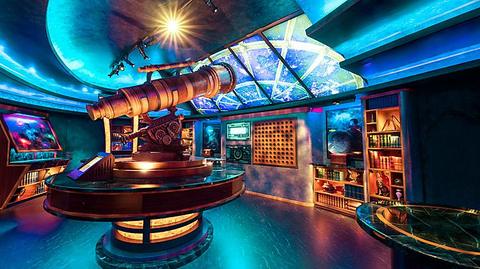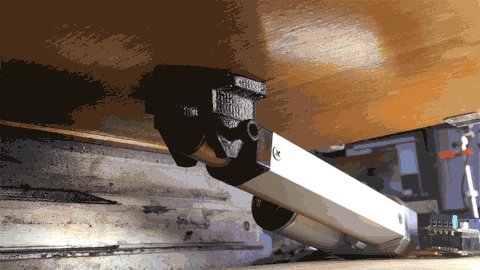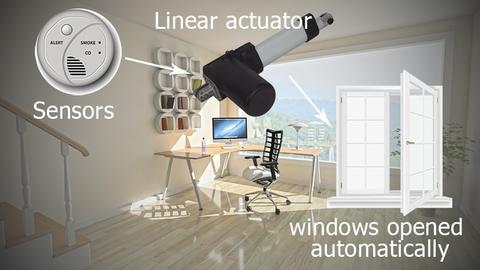Escape Rooms are popping up all over the world now as a fun place to spend time with friends and see who is the smartest in your group. It is estimated there are now over 5,000 escape rooms worldwide, with that number estimated to double in the next 5 years.
Escape Rooms

Escape rooms all require some level of Automation to make each room interesting and give it that high tech feeling. Simply unlocking a bike combination is hardly keeping people entertained, so it is critical for Escape room designers to implement motorization in some way.
Linear Actuators are an obvious choice in an Escape room. Linear Actuators are very easy to set up, and with FIRGELLI products, they are largely plug-in and go. Since our actuators come in multiple different strokes, speeds and forces, it means their will always be an Actuator for your Escape room applications.

The Linear Actuator above is used in an Escape room where once a keypad code is entered from solving a puzzle, the keypad signals a DPDT relay which powers the actuator to open. An Arduino is used to control the timing of the whole operation. Including an Arduino microcontroller allows for much more automation as well as adjustable controls.
As you can see in the image above using a longer stroke Linear Actuator would allow the drawer to open further, or a shorter Actuator stroke could be used for a shorter drawer. If the drawer is heavy, it would require a higher force actuator.

Escape room Actuators can also be used to open and close windows and doors Automatically using a sensor. In fact any sensor could be used to control an Actuator because all a Linear Actuator really needs is a 12v Signal from something. Typically, this is a Relay or switch, or even an Arduino control board.
In this box, which is from another Escape Room facility, the lid opens after another puzzle has been solved. The Actuator simply opens and closes the lid that's triggered by the user solving a code. Using a force sensor in the wiring would prevent anyone from been hurt.

Here you can see the inside of a small cabinet in an escape room. The Actuator pushes the flip out door to reveal the next piece of the puzzle. Each Linear Actuator has built in limit switches to stop itself at the end of its travel in each direction. So these are very easy to control and connect.
Firgelli has developed a huge rage of Linear Actuators for Escape room applications. We invite you to check out all our Actuators and control systems, including Arduino microcontrollers, to see how we can support you for your next Escape Room Automation project.

